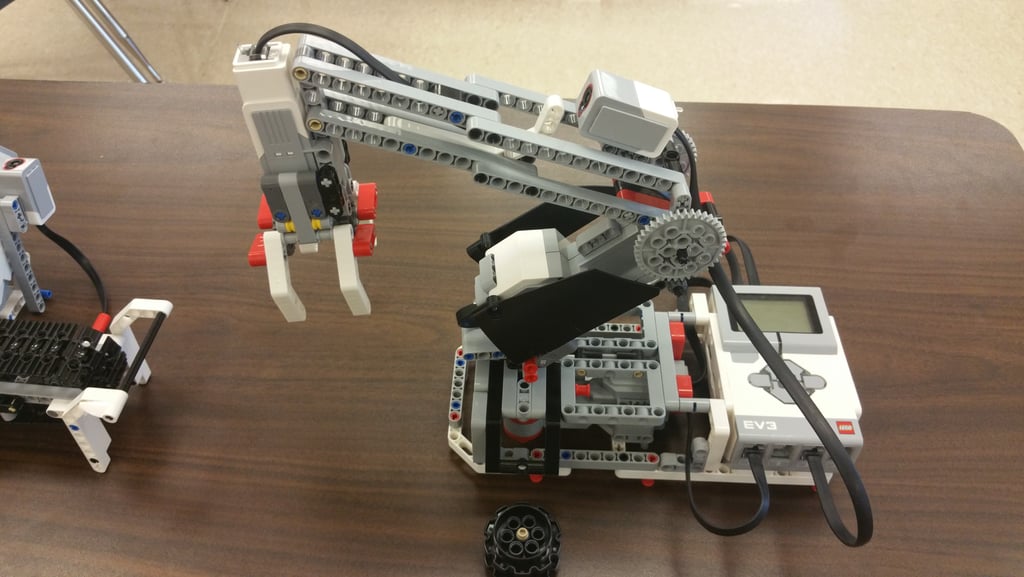Robotics Education: A Response, Not a Gimmick
In today's tech-driven world, robotics education is more than a trend, it is a transformative tool for nurturing creativity, problem-solving, and future-ready skills. This post explores why introducing robotics at an early age empowers learners to become confident innovators, blending play with purpose and preparing them for the challenges of tomorrow.
Noreen Sheikh
11/11/20252 min read


In today's tech-driven world, robotics education is more than a trend, it's a transformative tool for nurturing creativity, problem-solving, and future-ready skills. This post explores why introducing robotics at an early age empowers learners to become confident innovators, blending play with purpose and preparing them for the challenges of tomorrow
Robotics isn't just about building machines only, it's about building minds. Here's why it's so impactful:
Real-World STEM Learning
Applied Science & Math: Students explore physics, mechanics, geometry, and data analysis through hands-on projects.
Technology & Programming: They learn coding, logic, and how sensors and actuators interact with the environment.
Engineering Design: Robotics challenges students to design, test, and refine systems while mirroring real-world innovation. It's a hands-on way to integrate STEM disciplines and prepare students for interdisciplinary challenges.
Critical Thinking & Creativity
Problem-Solving: Robotics tasks require students to analyze, troubleshoot, and iterate which are skills vital in any field. Robotics teaches problem-solving, critical thinking, collaboration, and resilience; skills that apply far beyond engineering.
Innovation: Building robots encourages imaginative solutions and out-of-the-box thinking.
Resilience: Trial and error teaches perseverance and adaptability.
Collaboration & Communication
Robotics projects often involve teamwork, helping students develop interpersonal skills and learn to communicate ideas effectively towards accomplishing a common goal.
Future-Readiness
Career Preparation: Robotics introduces students to fields like AI, automation, and engineering. Automation, AI, and robotics are transforming industries from manufacturing to medicine.
Digital Literacy: Understanding how machines work builds confidence in navigating a tech-centric world. Students need to understand how these systems work; not just to build them, but to work alongside them, manage them, and make ethical decisions about their use. Concepts like loops, sensors, and feedback systems become real when students see a robot respond to their code.
Inclusivity: Robotics can engage diverse learners, including those who may not initially see themselves as "tech-savvy". This deepens understanding and boosts engagement, especially for learners who thrive with tactile or visual learning. It levels the playing field as robotics can engage students who might not connect with traditional academics. It opens doors for underrepresented groups in STEM by making tech feel accessible, creative, and collaborative.
Robotics education is a foundation for lifelong learning, innovation, and empowerment. Whether a child becomes an engineer or an artist, the skills gained through robotics such as curiosity, creativity, and critical thinking will serve them well in all walks of life.
